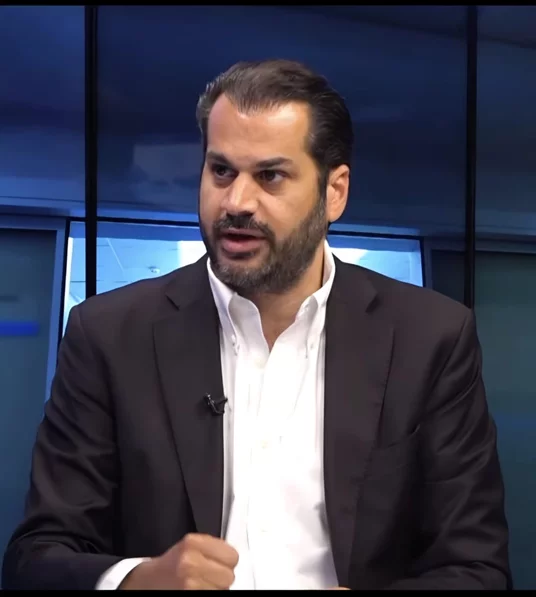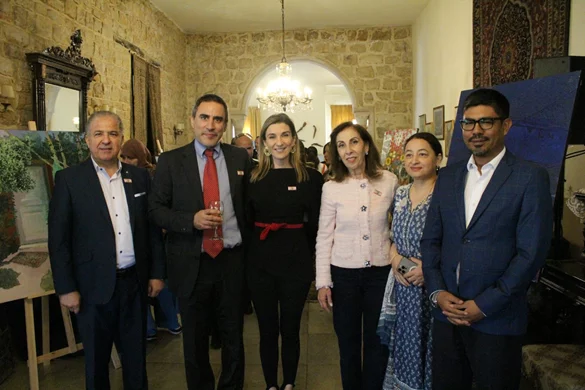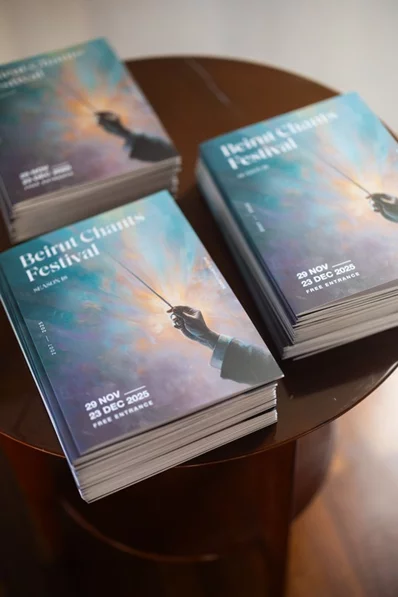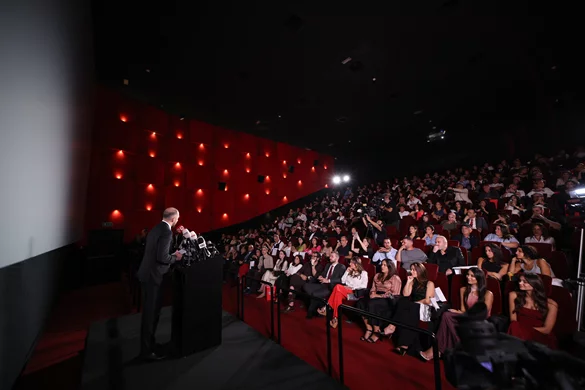Lebanon is a country with a rich cultural and historical heritage. It has been inhabited for thousands of years by various civilizations, each leaving behind their unique mark on the country. This diversity is reflected in the museums of Lebanon, which showcase a range of artifacts and exhibits from different periods and cultures. In this blog post, we will explore the best museums in Lebanon that you can visit to experience the country's rich cultural and historical past.
National Museum of Beirut
The National Museum of Beirut is one of the most important museums in Lebanon. It was established in 1942 and houses an extensive collection of artifacts and exhibits from different periods of Lebanese history. The museum is located in Beirut and is open to the public from Tuesday to Sunday. Some of the highlights of the museum include the Phoenician Gallery, the Hellenistic Gallery, and the Islamic Art Gallery. The museum also has a large collection of mosaics, pottery, and jewelry from different periods.
Sursock Museum
The Sursock Museum, officially known as the Nicolas Ibrahim Sursock Museum is a contemporary art museum located in Beirut. It was established in 1961 and is housed in a beautifully restored 19th-century mansion. The museum has a collection of more than 800 works of art, including paintings, sculptures, and installations. The museum also hosts regular exhibitions and events throughout the year, making it a vibrant cultural hub in Beirut. The museum is temporarily closed following the August 4th explosion.
MIM Museum
The Mineral Museum (MIM) is a unique museum located in Beirut that houses a collection of more than 2,000 minerals from around the world. The museum was established in 2013 and is a private collection of Salim Edde, who has been collecting minerals for over 20 years. The museum is open to the public and is a fascinating place to explore the beauty and diversity of minerals.
Beiteddine Palace Museum
The Beiteddine Palace Museum is located in the town of Beiteddine, around 40 kilometers from Beirut. It was built in the 19th century and served as the summer residence of the Lebanese ruler, Emir Bashir Shihab II. The museum houses a collection of artifacts and exhibits from the palace's history, including furniture, textiles, and artwork. Visitors can explore the palace's different rooms and courtyards and get a glimpse into the lives of the ruling elite in 19th-century Lebanon.
Byblos Wax Museum
The Byblos Wax Museum is a unique museum located in the ancient town of Byblos, around 40 kilometers north of Beirut. The museum has a collection of more than 70 life-sized wax figures of famous historical figures, including Alexander the Great, Napoleon Bonaparte, and Cleopatra. Visitors can explore the different rooms and exhibits and learn about the history and culture of the ancient town of Byblos.
Lebanon has a rich cultural and historical heritage that is reflected in its museums. From the National Museum of Beirut to the Byblos Wax Museum, there is something for everyone to explore and discover. These museums offer a unique opportunity to learn about the country's history, culture, and art, making them a must-visit for anyone interested in Lebanese history and culture.



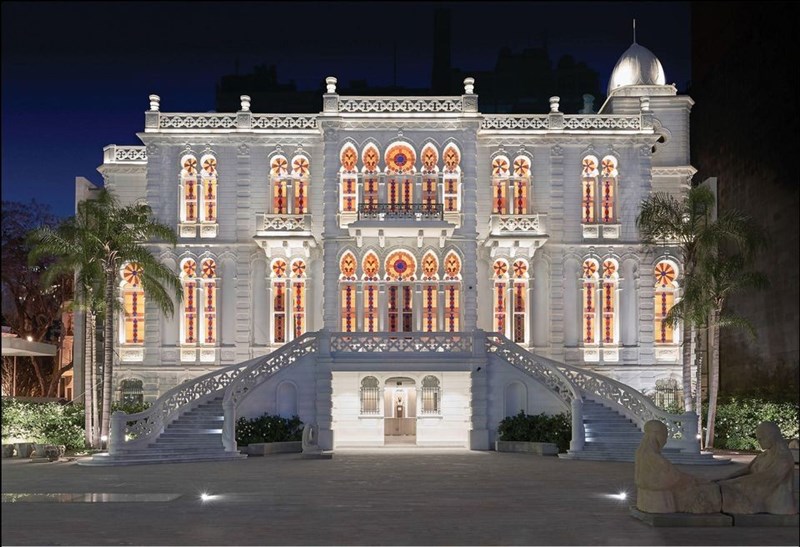



.webp)
